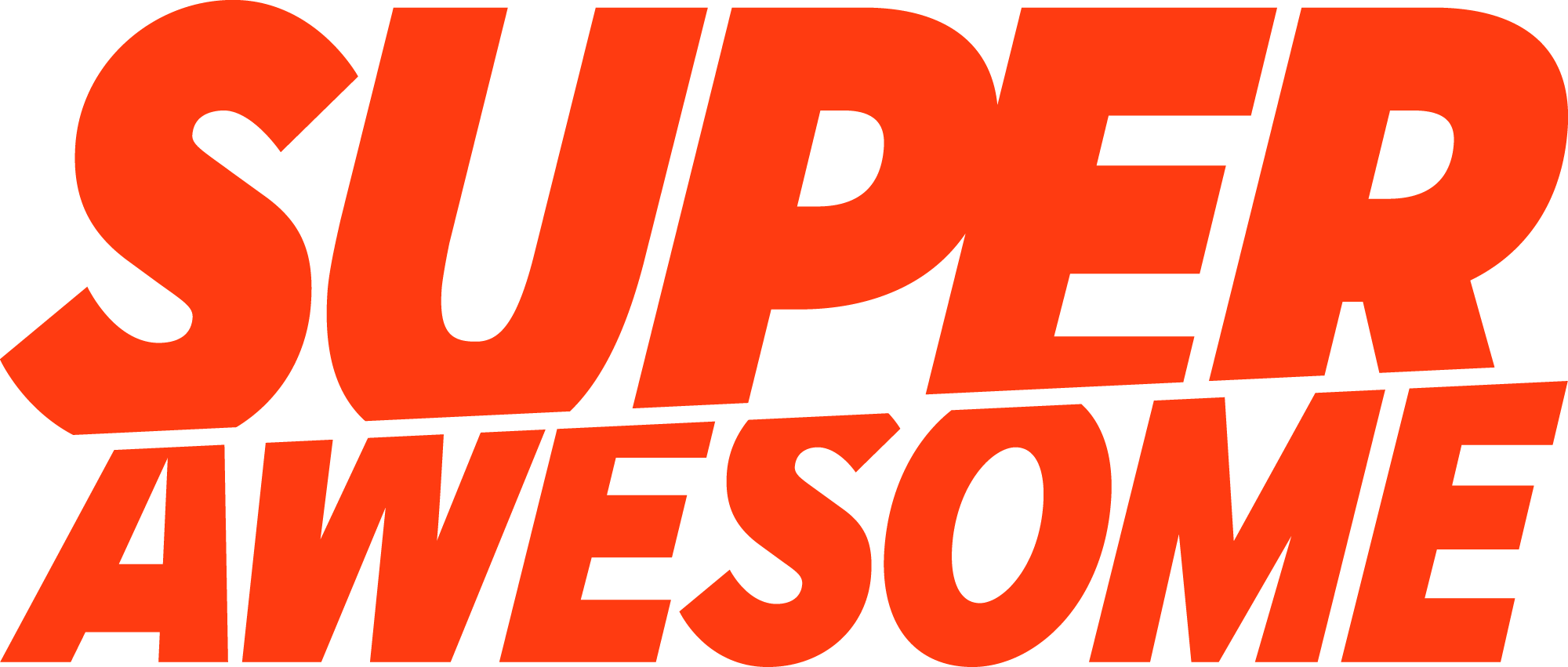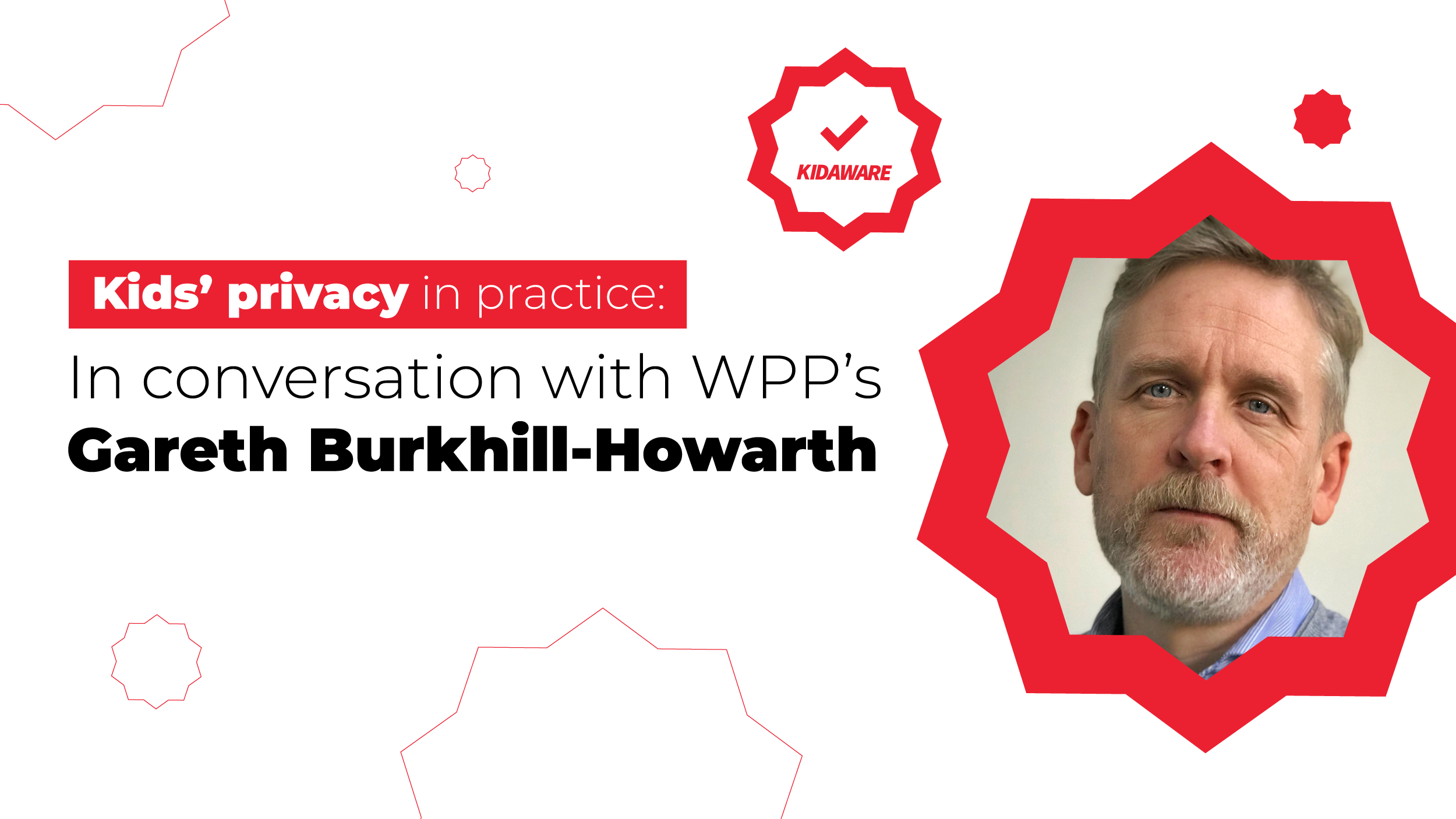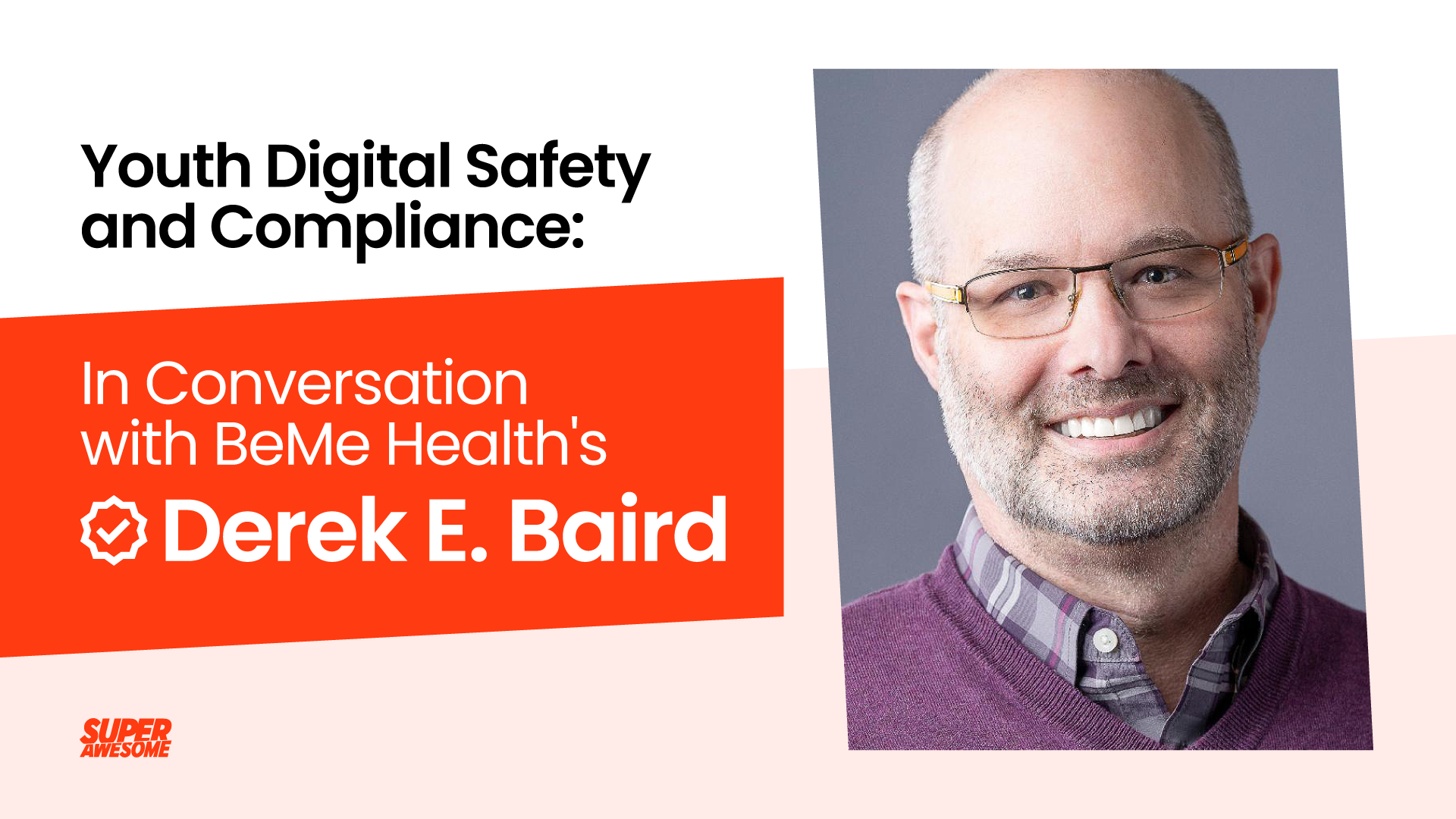At SuperAwesome, we’re making the internet safer for kids. That mission extends beyond powering the kids digital media ecosystem with our kidtech solutions. As champions for children’s privacy and digital safety, we also work to help agencies, brands, and developers protect children and Young Teens online through educational resources and insights.
Privacy laws around the world are complex, especially given the geographical fragmentation of regulations and the rapid pace at which they’re evolving. That’s why we created the KidAware training program, purposefully designed to help the industry stay informed and achieve the best possible standards in digital kids marketing.
Interested in learning more about the program? We spoke with KidAware certified Gareth Burkhill-Howarth, Data Protection Officer (DPO) at WPP, to discuss his views on the advertising industry, staying up to date on children’s privacy laws, and more. Read the full interview below:
What is the biggest challenge the advertising industry is facing right now when it comes to ensuring kids’ digital safety?
Even before Covid-19 drove a spike in online activity, we saw consumer shopping behavior increasingly shift from in-store to online to accommodate busy lifestyles. Stay-at-home orders have further amplified this trend. And, generally, we’re seeing big changes in how families interact with their devices; as people spend more time at home, screen time continues to rise. Digital marketing has never been more critical for brands.
Accordingly, youth-focused brands can no longer rely on television alone to drive results. But research shows that kids have growing influence over household purchasing decisions, which means that all brands need to have a dedicated approach for engaging young audiences. Children’s digital engagement has now become a business-critical issue for brands across all verticals, but many struggle to understand how to reach this market in a responsible way in compliance with children’s privacy laws.
“Children’s digital engagement has now become a business-critical issue for brands across all verticals, but many struggle to understand how to reach this market in a responsible way in compliance with children’s privacy laws.“
–Gareth Burkhill-Howarth, Data Protection Officer at WPP
There have been many advancements to regulation and self-regulation to protect kids in the digital world over the past few years. What stands out the most to you and why?
Recently, we have seen headlines that involve regulators (very publicly) investigating digital platforms in relation to children’s privacy laws. While in the past kids’ digital privacy laws placed liability only on self-identified children’s publishers, the scope has broadened. Everyone – from mixed-audience platforms to advertisers and content creators – is responsible for kids’ digital safety.
How do you keep your organization updated on the latest and upcoming regulations?
Ensuring the brand safety of our clients is our top priority at WPP. That starts with understanding the latest and upcoming children’s privacy regulations and doing our part to execute campaigns that are both impactful and compliant. In my role as Data Protection Officer, it’s crucial that I stay informed regarding changing regulations and their applications for both our business and our clients to provide sound recommendations.
More broadly, we encourage our team to self-educate by keeping up to date with industry news. We are also proud to partner with SuperAwesome to offer all WPP companies and clients access to its kid-safe engagement platform and insights tools, including KidAware.
You have been an advocate of the importance of educating your team about kids’ privacy regulations and best practices. What is your advice to companies looking to educate themselves on the kids’ privacy landscape?
The most important thing to understand about the kids’ privacy landscape is that it continues to evolve to meet the changing digital ecosystem, so it needs to be a continuous learning process. That might seem daunting because children’s privacy laws can be complex and there is a lot of information to take in. However, there are a variety of great educational resources, offered by specialist partners and the regulators themselves, that can serve as a helpful starting point.
I think many brands are fearful of the potential liability for compliance breaches, which can negatively impact brand perception. But ignoring young audiences is not the right solution: education is the best tool to safeguard your brand.
How can internal employee training about data privacy support the DPO’s objectives?
Under GDPR and other regulations, companies are required to put in place ‘technical and organizational’ measures to protect personal data. Often the ‘organizational’ is forgotten about, but it is essential that employees understand the responsibilities and risks of handling personal data —particularly kids’ data. Training is the foundation of this and helps bring to the fore how employees’ roles and actions are key to ensuring that privacy and data protection are maintained.
How has partnering with SuperAwesome and KidAware helped your team better understand the under-16 privacy and compliance landscape?
The KidAware curriculum covers the requirements of global digital privacy laws in an easy to navigate format. It’s a great resource to keep everyone within our business on top of the latest rules and regulations, in addition to their applications across various platforms and channels. I recommend KidAware as both an introductory course to children’s privacy and as a trusted resource that can be visited regularly to stay on the pulse of the kids’ privacy landscape.
To learn more about KidAware, including how to get certified, or to arrange a training session for your team, partners, or clients, get in touch today.






